It might be mysterious to you what’s going to happen on the first day of your solar installation. Here’s a preview showing three parts of the installation process.
Inverter Location
Inverters are the tools that convert alternating current (AC) energy to direct current (DC) energy so your home appliances can be lit up. The perfect location for an inverter is in the shade or indoors, inside a garage. Make sure the area around the inverter is dry. A small amount of sunlight falling on the inverter is fine, but if the inverter will be in constant sunlight then install it indoors instead. Aikyum Solar installs inverters at eye level to make the installation processes and further use easier.
If you have a utility gas meter, make sure there’s at least three feet between the gas meter and any electrical equipment, including inverters.
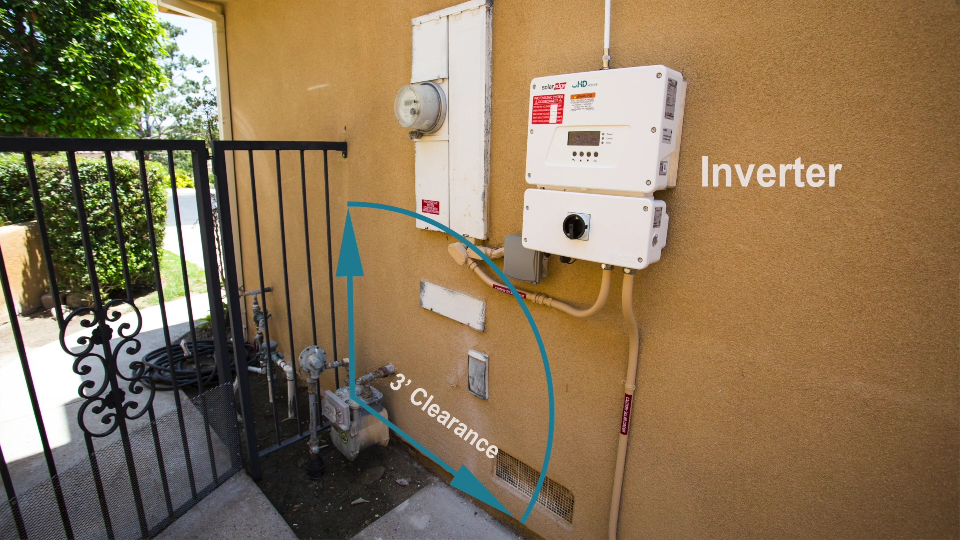
It’s okay if the inverter isn’t right next to the Main Service Panel (MSP), because we can disconnect the inverter with the DC disconnect. If there’s a gate or other object blocking the MSP from the inverter, Aikyum Solar will need to use an AC disconnect because firemen need a way to cut energy from the solar panels on the roof, in order to make the circuits more safe in event of an emergency.
Sub Panel Location
Sub panels are installed by Aikyum Solar for residential solar panel systems. In some situations, there is an MSP full of breakers, leaving no space for a solar photovoltaic (PV) breaker, or an electric vehicle (EV) breaker. This requires the installation of a sub panel if the MSP is already too full.
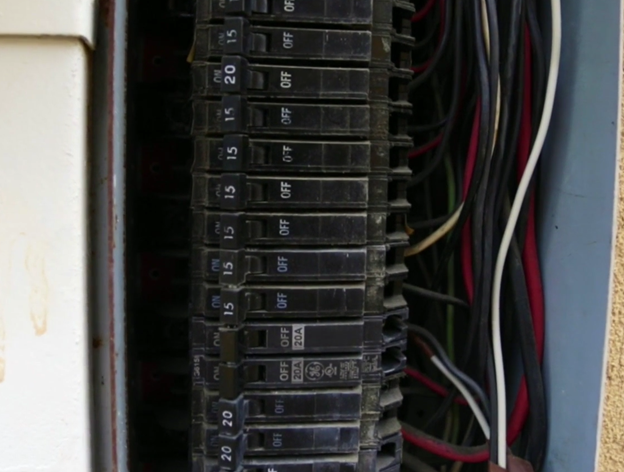
The sub panel will be placed as close to the MSP as it can be and will work fine it it’s either to the left or right of it. The perfect location for it, though, is right behind the MSP. This is made possible by installing the sub panel on the wall behind the MSP.
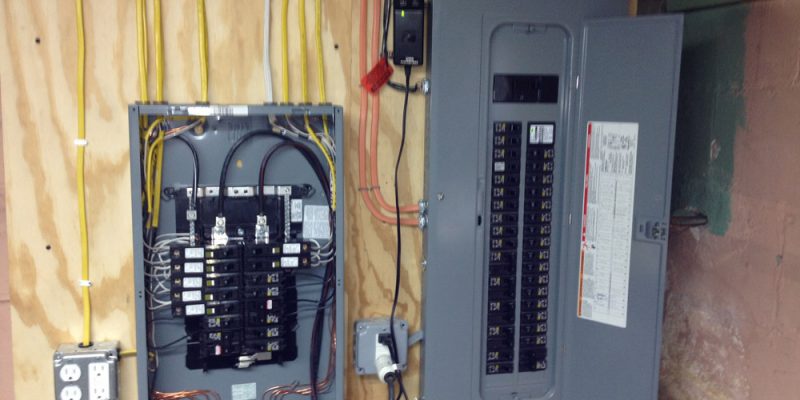
The final part of the preview of the first day is the ideal conduit run.
Conduit Run
The solar panels collect energy, and the inverters convert that energy. However, you may wonder what brings the energy from the solar panels to the inverters. The answer is a conduit: a tube for protecting wiring. It extends from the inverters to the roof where the solar panels are.
Aikyum Solar takes great care to run the conduit the right way. There are four ideal locations for it: 1) hidden, 2) under the eaves (the part of the roof that slopes over the side), 3) through the attic if possible, or 4) alongside a gutter. Aikyum Solar consults with the homeowner, walking around and testing different positions.
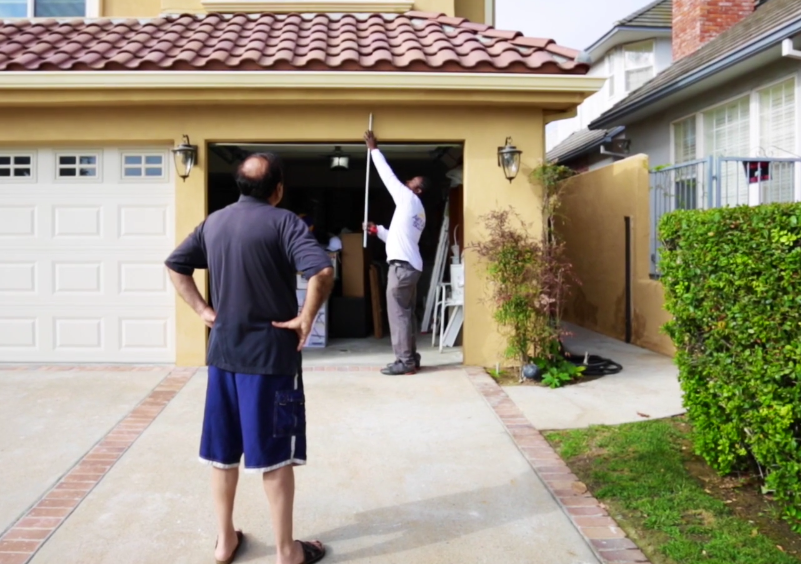
We paint the conduit to match the wall and roof color. Therefore, the conduit seamlessly blends into the color of the building.
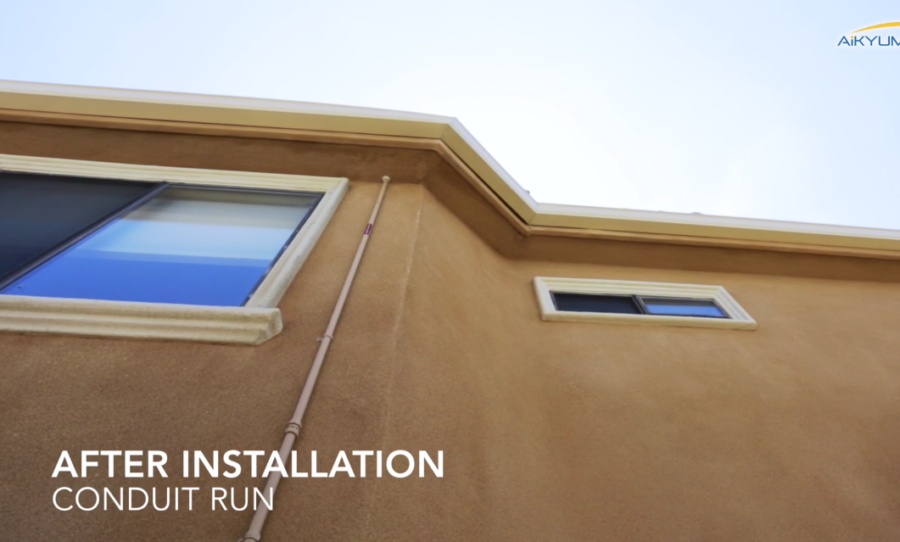
If the eave, the part of the roof that meets the building, is closed, Aikyum Solar stubs out through the stucco. This is different than other companies who just install a elbow conduit fitting (known as an LB) around the eave.
For more information, continue searching our website or email info@aikyum.com.





